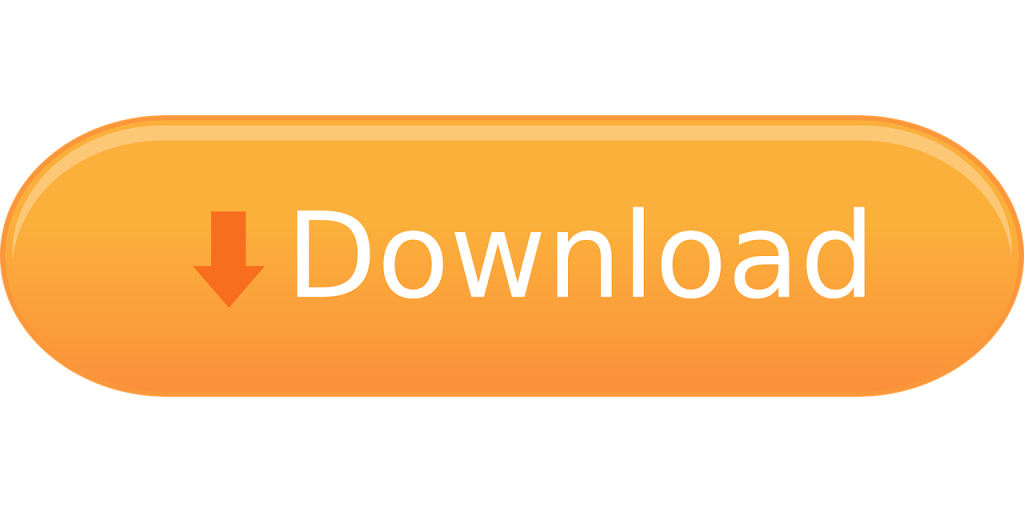
Content marketing strategy: Thinking like a publisher
Content marketing has evolved over the years and has inspired many brands to act like media companies or publishers. The customer journey is evolving and through content marketing you can capture your customers’ attention at all stages of the funnel and keep them engaged long after the sale.
How to think like a publisher in 10 steps

1. Know your audience
It’s important to know who you’re writing for or how can you expect anyone to take any action? Buyer personas are a great way to keep tabs on your customers’ problems and needs to help frame your content, but they aren’t required to create compelling content.
Similarly, you also need to have a good understanding of your brand’s voice and making sure your audience and brand complement each other. You need to know what personality or voice your brand uses as well as the personalities and word choices of your audience and find the perfect marriage between the two.
2. Create an emotional or entertaining experience
Humans are natural storytellers, so you need to frame your content around a story. We can also be a little selfish at times and are always looking for the WIIFM (What’s In It For Me?). We tend to not like or trust brands that can’t stop talking about themselves, but we do trust brands that include us in their storytelling efforts. Frame your content around what value you provide, how it benefits your customers, and what they get out of a business relationship with you.

3. Use the second-person POV
An easy way to address the reader directly is through using the second-person point of view, referring to the reader as “you.” I’m writing this post in second-person as my content is written for you! We’re trained to look for words like: You, me, I, we, and even our own names. Why do you think email personalization has become such a best practice? We look for cues that content is all about us.
4. Answer the 5Ws and the H in your content but with a distinct brand voice
Going back to Journalism 101, your content needs to answer the six most important elements of any story:
- Who
- What
- When
- Where
- Why
- How
Follow the inverted pyramid so people understand the piece even if they only read the first paragraph or two. Use the rest of the content to support the 5Ws and 1H and share additional information that doesn’t need to be high up on the page.

5. Be credible
Like Santa, you better check your content twice and confirm stats or figures from multiple established sources. Take time to do the research and make sure you’re sharing factual information with your readers.
When using quotes, use quotes from well-known authorities or websites in the industry you’re covering. Unless your blog highlights all of your employees on a rotating basis, no one’s going to know who Bob from Accounting is or why they should trust what he has to say on a specific topic.
6. Create clickable headlines
The headlines are the first thing we scan when looking at a brand’s blog and if the titles aren’t eye-catching, they won’t be getting any clicks or views. Your headline should tell the reader the WIIFM and encourage them to read the piece. Whether it’s a how-to, listicle, or answering questions, there are some proven formulas and templates that work well.
Tips for better blog titles:
- Be accurate – do not be clickbait!
- Use alliteration if you feel fun and fancy free
- Use strong language or bold statements, even negative like “10 things digital marketers hate”
- Make the value clear
- Optimize for search by including keywords
- Use the formula of a number, adjective, keyword, and promise to create the perfect title
- Write at least three different headlines for each piece and have coworkers help you pick the best one
Kick-ass blog title samples
- 10 best practices for organically growing your Facebook following
- 5 tips for better Instagram engagement
- A social media marketer’s must-have guide to Facebook
- How to use Google Search Console to improve your site’s conversions
- PPC perfection: 3 successful ad campaigns to inspire your next ad
- Think you know Google Analytics? Take our quiz and find out!
- 7 lies blackhat SEO companies will tell you

7. Drive action
Always end your content with a Call to Action (CTA), whether it’s informational or transactional. Your readers should never get to the bottom of your article and not know what to do next. It could be as simple as reading a piece of related content or downloading an e-book, it could also be signing up for email newsletters to get a 10% discount or getting in touch with sales. Make sure the CTA fits the piece and the point in the customer journey it’s meant to coincide with. You wouldn’t want an awareness piece to encourage people to talk to sales as they aren’t’ ready.
8. Set deadlines for content
Need some help focusing on your content marketing? Set deadlines for different pieces to ensure you have a consistent online presence and are getting projects done in a timely manner.

9. Set aside time to edit and optimize content
Nothing’s worse than seeing your content online and realizing there are several spelling or grammar errors, or having a potential client point that out. Build time into your content’s editorial calendar to include editing time, preferably with two sets of eyes to catch any errors.
During the editing phase, you might want an SEO specialist to take a look and optimize the page title, meta description, headers, and review the content from an SEO point of view to make sure it does well in search and social. If you have an SEO specialist, they should also be able to provide a list of keywords to target before you begin writing any content to keep it focused as you write.
10. Create a community
If you think about old school publishing, like magazines, you can probably summarize the targeted audience in a sentence. But gone are the days that brands could just send out messages to their audience, now they have to engage with them and create a community.
Personally, I subscribe to a few women’s health magazines and they have features showing off their readers and telling them how to engage with the brand online or join the community of fellow like-minded people. While your content should be informative and provide value and draw consumers in, you also need to make sure your content provides an outlet for your customers to connect with the brand and their peers in a welcoming environment.
By applying these tips you’ll start creating better content for your targeted audience and see better ROI for your content marketing efforts. Ready to start with building profiles for your audience? Check out my post on creating buyer personas!




